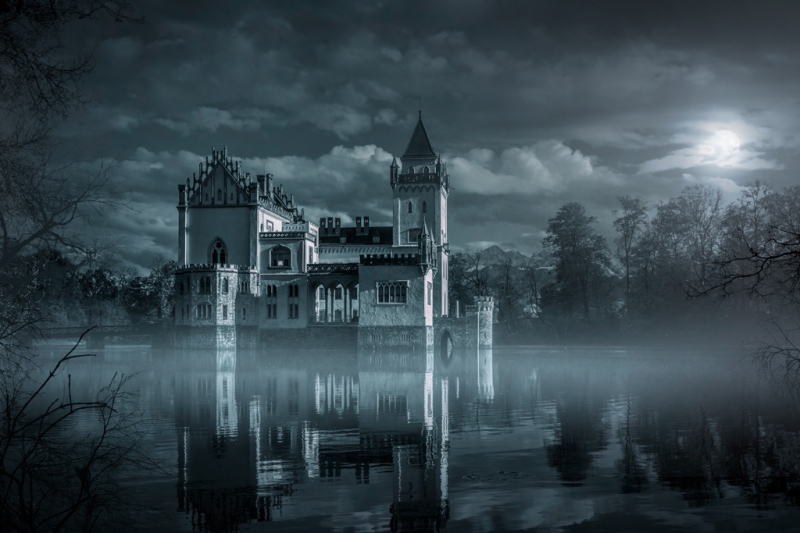
European castles are a legacy of the warlike past of modern Europe. Unfortunately, not all of them have reached us in their original form. Some castles were destroyed during wars, others served as a source of building materials for local residents for centuries. But those that have survived to this day attract thousands of tourists from all over the world.
The reasons why people visit castles are varied. Some are interested in historical exhibitions, while others want to visit the filming locations of famous films. Well, some people are looking for secrets hidden in castles: underground passages, treasures and, of course, ghosts!
We have prepared for you a list of 6 European castles where, according to local residents, it is quite possible to meet real ghosts.
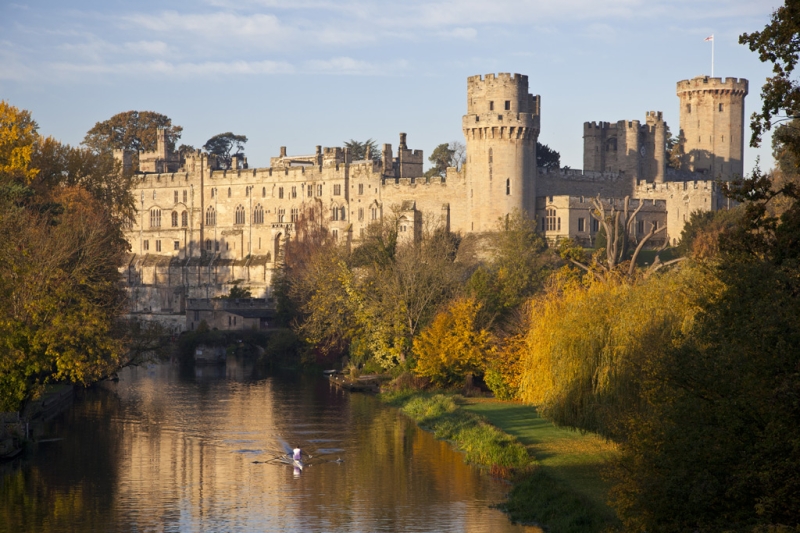
Warwick Castle, England
This castle (on the map) was built by William the Conqueror in 1068. Until the 17th century it was used as a fortification, after which it was converted into a country estate.
Over its long history, thousands of prisoners languished in the dungeons of Warwick Castle, including even King Edward IV. Perhaps it was this dark past that gave rise to dozens of legends about ghosts inhabiting the castle. So Baron Fulk Greville, the former owner of this glorious place, is often seen walking along the Watergate tower. In 1628, the baron was killed by his own lackey. According to legend, the ghost appears quite spectacularly – he crawls out of his portrait.
The ghost of a little girl was seen several times in the basements of the castle. It terrifies all guests, slowly moving through the damp dungeons.
Since 1978, Warwick Castle has been open to tourists, so everyone can try their luck and try to catch the local ghosts by surprise. To do this, you just need to buy a ticket to London, and from there you can get to the castle by train.
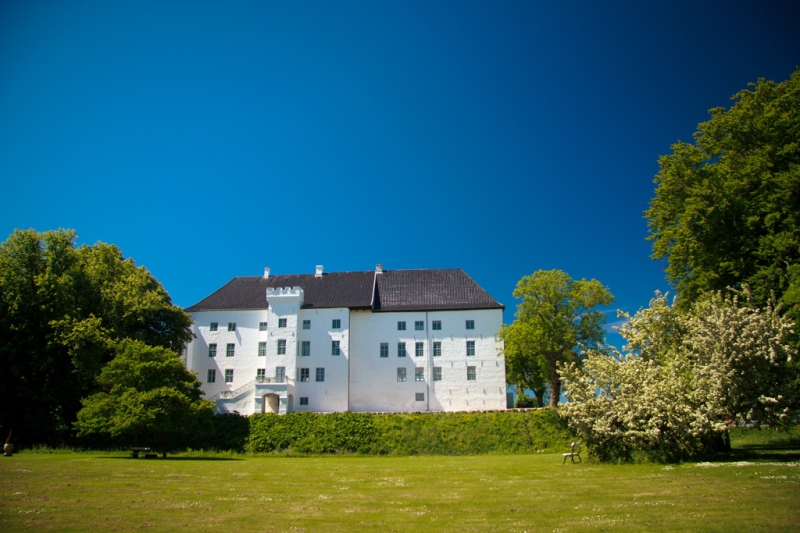
Dragsholm Castle, Denmark
One of the oldest castles in the Danish kingdom (on the map) is also famous for its ghost stories. Its construction began in the 13th century. Over the years of its history, Dragsholm has taken part in battles, been a prison and was seriously destroyed several times. Human destinies often broke here, so today, according to local residents and experts on mystical creatures, more than a hundred ghosts live here. Three of them are the most famous and each has its own story:
— Lady in White
According to legend, this is the ghost of a young noble person. She happened to fall in love with a commoner. The father, naturally, found out about everything and imprisoned the girl in the castle, where she died. Interestingly, rumors about this ghost appeared after a female skeleton in white robes was found during the restoration of the castle a hundred years ago.
— Earl of Bothwell
This ghost appeared in the castle after the Earl of Bothwell died in captivity in a local prison. This happened back in the 16th century. Most often, the Count manifests himself with the help of various sound effects.
— Gray Lady
During her lifetime, this lady worked in the castle, so after death her spirit walks through the rooms and checks to see if any of the guests are lost.
It’s difficult to find these ghosts, but if you want to try, the easiest way is to fly to Copenhagen, and from there you can get to Dragsholm Castle by car or public transport.
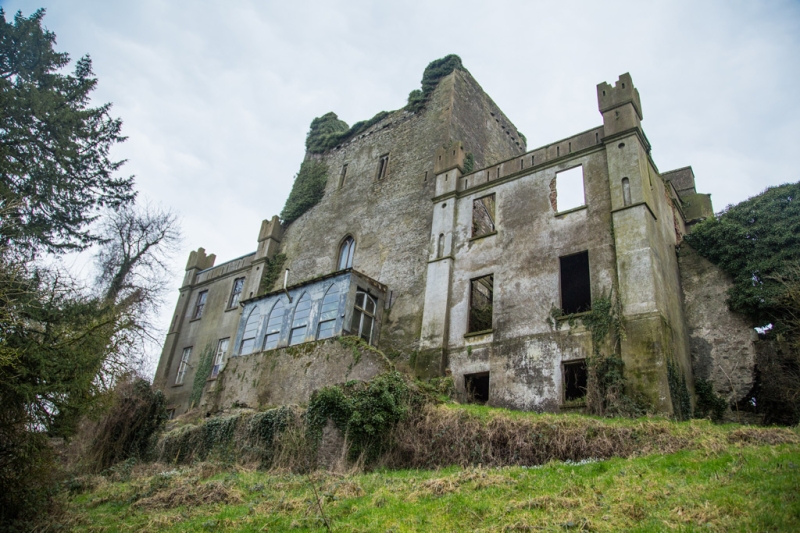
Leep Castle, Ireland
This castle (on the map),
Nicknamed the creepiest in Ireland, it was built at the end of the 15th century. He belonged to the treacherous O’Carroll clan. These guys were famous for inviting their enemies to dinner with the goal of reconciliation, after which they killed them right at the table or in their beds.
In the 16th century, the clan split, and internecine fighting began. They led to one of the O’Carroll brothers killing the other during a church service. Since then, the chapel where this happened has been named “bloody”.
The fact that during a large-scale reconstruction in the 20s of the last century, workers discovered the remains of 150 people in the dungeon adds to the gloom of this castle.
Naturally, after all these horrors, the surrounding lands began to be filled with rumors about creepy ghosts walking around the castle. Here they see that same murdered brother, and a strange beast rushing at unwary travelers, and a dim yellow light that suddenly lights up in the chapel.
Note to tourists: the castle is privately owned and is not always open to the public. But, if you suddenly decide to get there, then it is best to go in transit through Dublin.
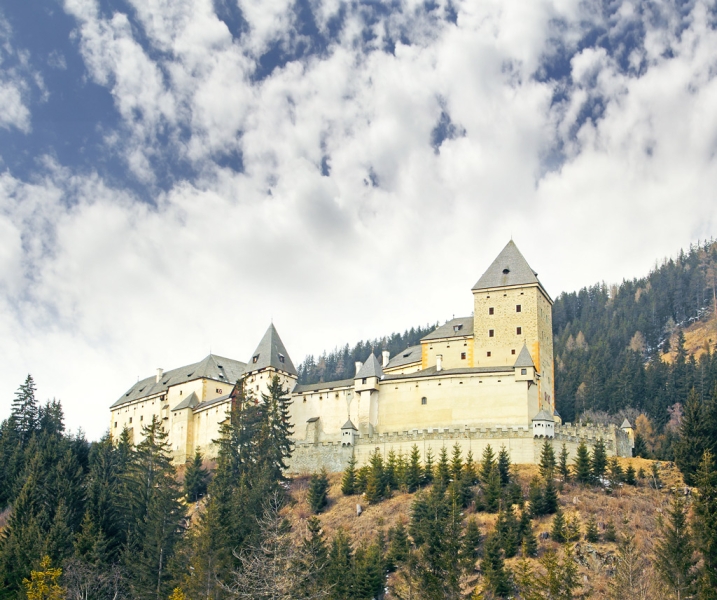
Moosham Castle, Austria
This fortification (on the map) was built at the beginning of the 13th century by a bishop. Four hundred years later it became very notorious. The reason is that the famous witch trials took place in this castle. Several thousand women were sentenced to death here between 1675 and 1687. This became fertile ground for the emergence of rumors of ghosts who continue to roam the halls in search of justice.
In addition to this, residents of the surrounding lands once decided that a werewolf lived in Moosham Castle – due to the torn apart carcasses of animals that were discovered nearby. Rumors about creepy creatures existed for several centuries, until in the 19th century local authorities began to solve this problem. They found a traditional solution – they grabbed a couple of suspicious people and threw them behind bars. That’s what the verdict said – a werewolf. Since then the rumors have died down.
Getting to this creepy place is not very difficult. You need to fly to Salzburg, and from there get to the castle by car or bus.
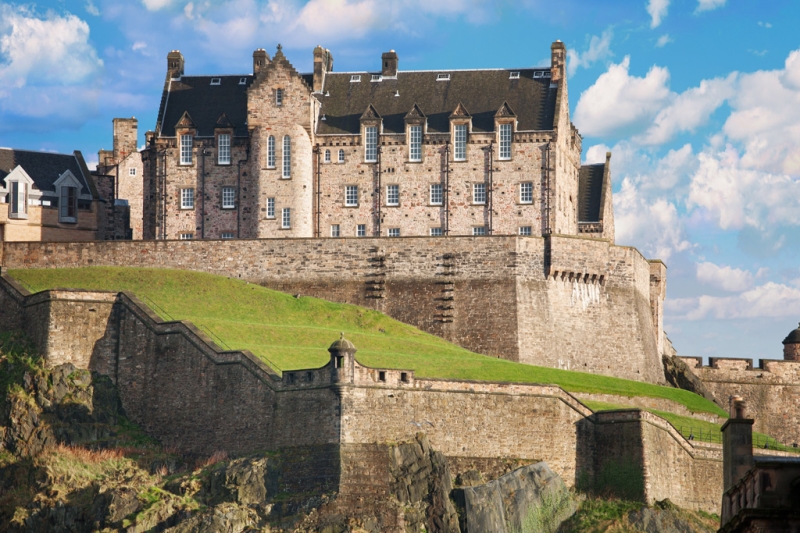
Edinburgh Castle, Scotland
Edinburgh Castle (on the map) was built on top of an extinct volcano more than 870 years ago. At all times, it was he who was the key to the Scottish lands. Impregnable on three sides, the castle was constantly rebuilt and for a long time fulfilled its defensive function with honor.
Over the years of its history, Edinburgh Castle has given rise to many legends. Someone met a headless ghost here, slowly floating through the dark corridors. Some people came across the silhouette of a bagpiper, who was wearily playing a melancholy melody. They say that not far from the castle you can even see the ghost of a dog walking around the cemetery. Is this fiction? Try to check! It’s not difficult. Just a few hours’ flight and you’re in Edinburgh.
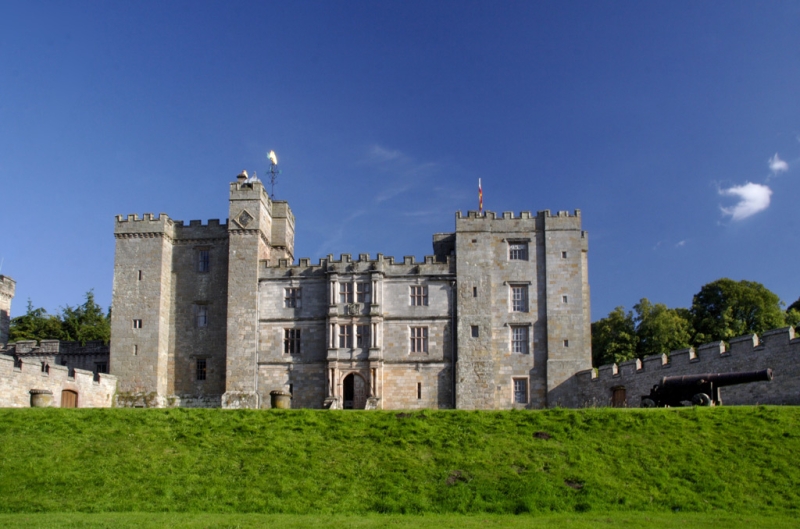
Chillingham Castle, England
Not far from the southern borders of Scotland is the old English castle of Chillingham (on the map). It holds the honorary title of Britain’s most haunted castle. Its history began with the construction of a watchtower in the 12th century. As the years passed, the castle expanded and improved. Due to its border position, it was regularly at the center of military operations, and English kings often stopped here. Only by the end of the 17th century did its strategic role exhaust itself and Chillingham turned into a secular castle.
Among the most famous local ghosts, there are three:
— Blue boy
According to stories, in the Pink Room of the castle you can often see a strange blue glow above the bed. A little less often the boy himself appears there in blue clothes.
The beginning of this story, most likely, was the moment when two walled up skeletons were found within the walls of the castle: an adult man and a child. Judging by the marks on the stones, after their imprisonment they were still alive for some time.
— Tormentor Sage
In the castle you can meet the spirit of John Sage, the former owner of Chillingham. He strangled his mistress, for which he received the nickname Tormentor. Sage was executed by order of the king here in the castle.
— Lady Mary Berkeley
This ghost of a lonely woman likes to appear from her portrait, which hangs in the Gray Room of the castle. He is peaceful and, as they say, not dangerous to people.
You can get to Chillingham Castle from Newcastle, where the nearest convenient international airport is located.
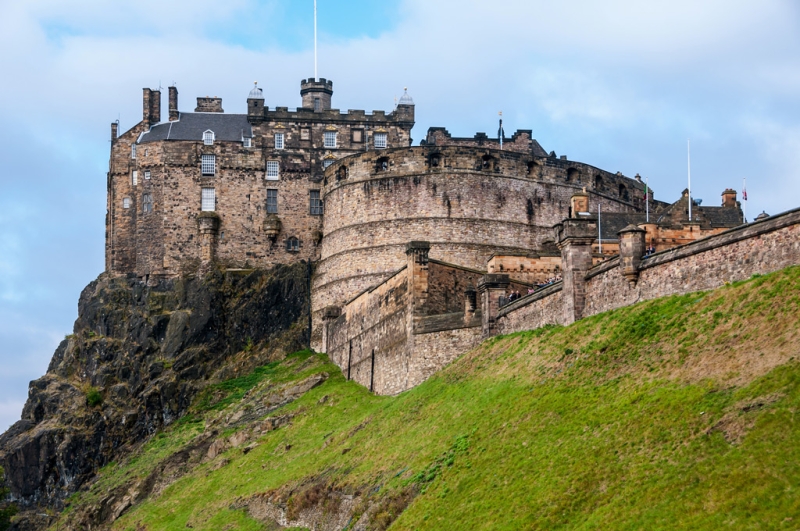
Whether you believe in the existence of ghosts or not, a trip to each of these castles will be an unforgettable adventure for you. The gloomy spirit of the Middle Ages will not let you get bored, and interesting museum exhibitions will help you better understand the nuances of European history.

